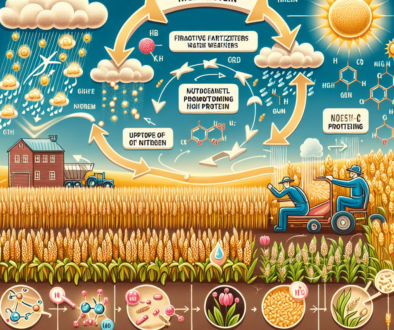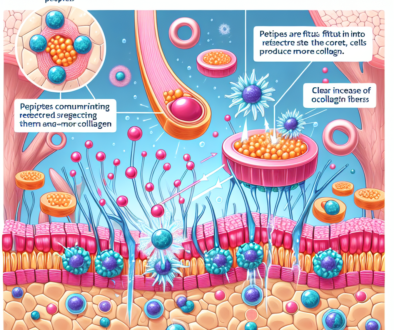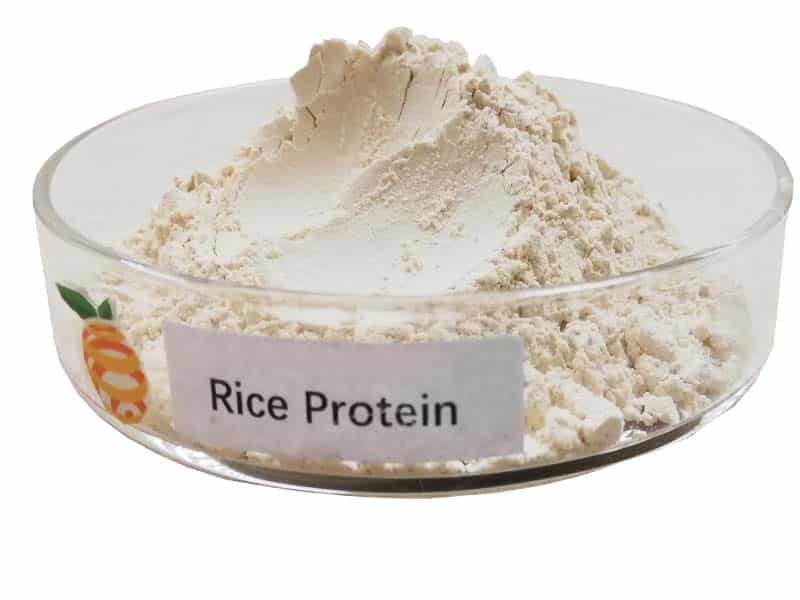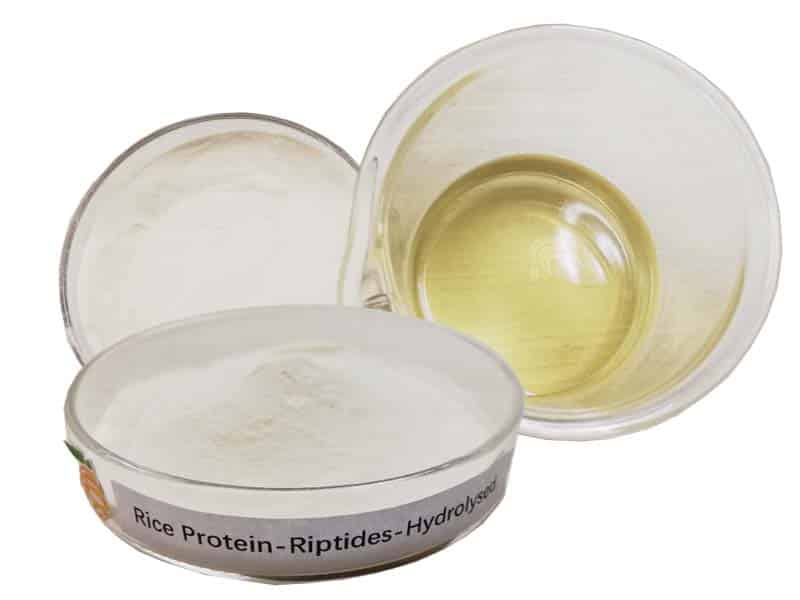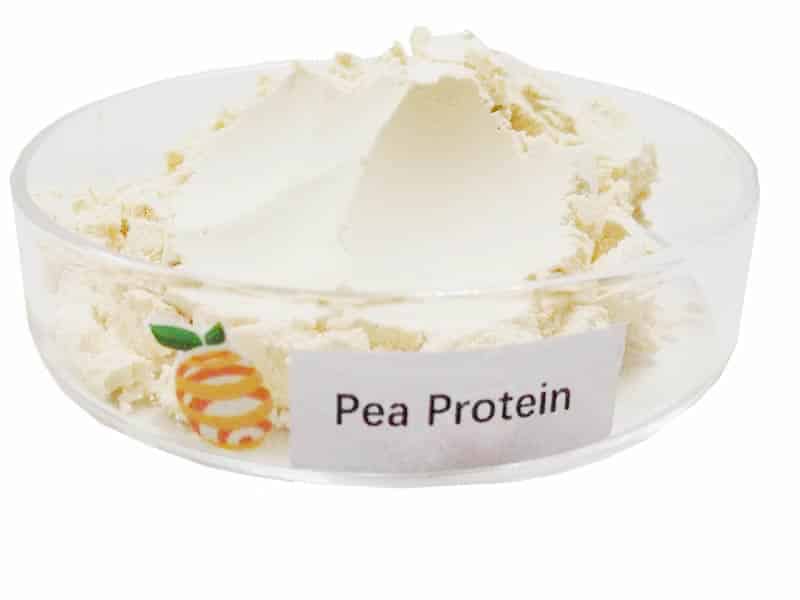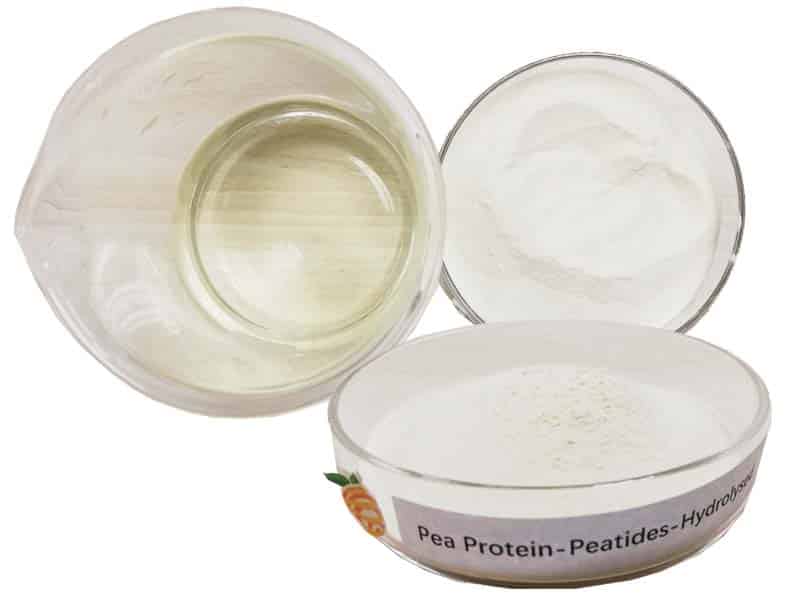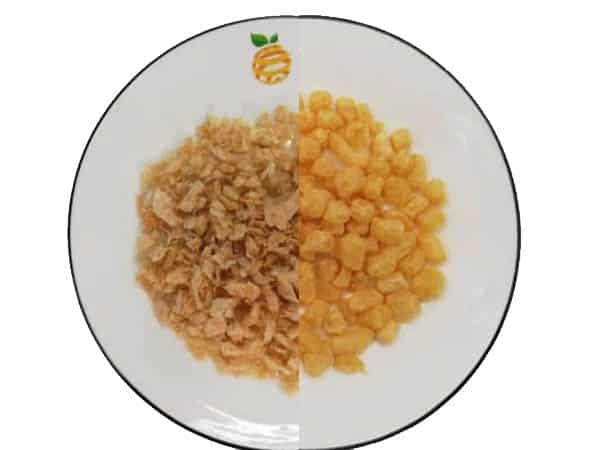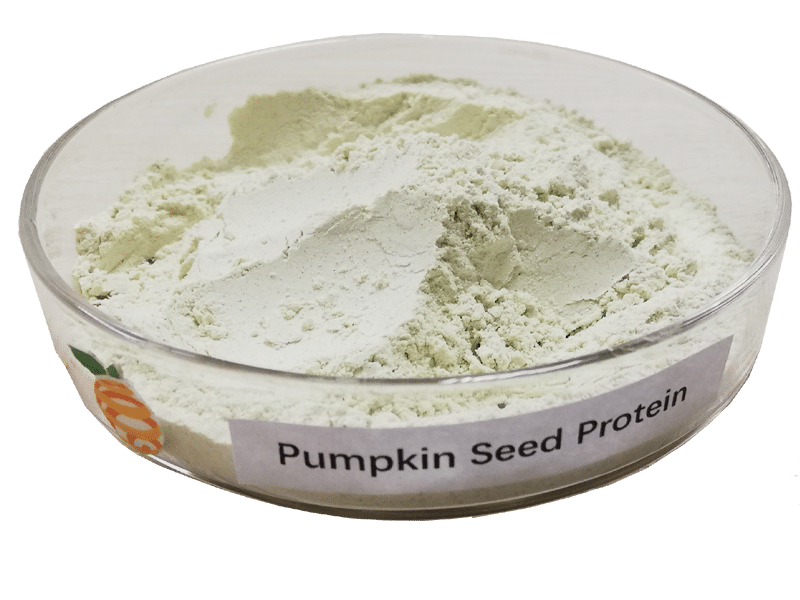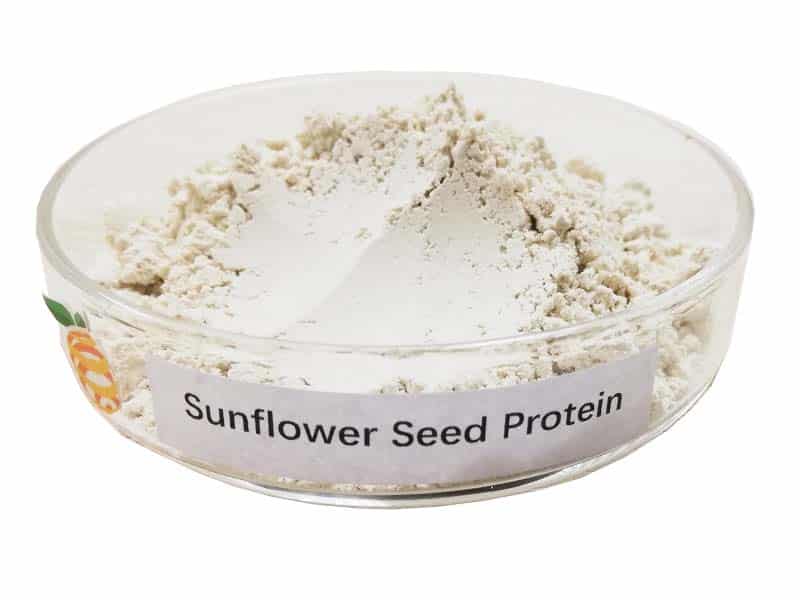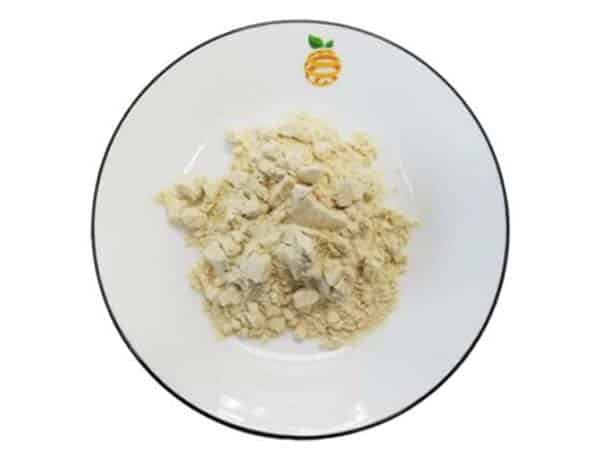Are Chickpeas Better Than Lentils?
-
Table of Contents
Chickpeas vs. Lentils: A Nutritional Showdown

When it comes to plant-based proteins, chickpeas and lentils are two of the most popular and nutritious legumes on the market. Both are staples in diets around the world and are celebrated for their health benefits and versatility in cooking. But which one is better for your health? This article delves into the nutritional profiles, health benefits, and culinary uses of chickpeas and lentils to determine if one truly outshines the other.
Nutritional Comparison of Chickpeas and Lentils
Chickpeas and lentils are both excellent sources of protein, fiber, and essential nutrients. Here’s a breakdown of their nutritional content per cooked cup (approximately 164 grams for chickpeas and 198 grams for lentils):
- Calories: Chickpeas have about 269 calories, while lentils have approximately 230 calories.
- Protein: Chickpeas contain around 14.5 grams of protein, whereas lentils pack a slightly higher amount with about 17.9 grams.
- Fiber: Both are high in fiber, with chickpeas providing about 12.5 grams and lentils offering around 15.6 grams.
- Iron: Lentils are a richer source of iron, with 6.6 milligrams compared to chickpeas’ 4.7 milligrams.
- Folate: Lentils also lead in folate content, with 358 micrograms, while chickpeas have 282 micrograms.
Both legumes contain significant amounts of other vitamins and minerals, including potassium, magnesium, zinc, and B vitamins. However, lentils have a slight edge in terms of protein and fiber content, as well as certain micronutrients like iron and folate.
Health Benefits of Chickpeas and Lentils
Both chickpeas and lentils offer a range of health benefits, making them excellent additions to any diet. Here are some of the key advantages:
- Heart Health: The high fiber content in both legumes helps lower cholesterol levels, reducing the risk of heart disease.
- Weight Management: Protein and fiber contribute to a feeling of fullness, which can help with weight control by reducing overall calorie intake.
- Blood Sugar Control: The low glycemic index of chickpeas and lentils makes them beneficial for blood sugar regulation, which is important for individuals with diabetes.
- Digestive Health: Fiber aids in digestion and can help prevent constipation and other digestive issues.
- Anemia Prevention: The iron content in lentils is particularly beneficial for preventing anemia, especially for vegetarians and vegans who may not get enough iron from their diet.
While both legumes are healthy choices, lentils may be slightly more beneficial for individuals looking to increase their iron and folate intake, which are crucial for pregnant women and those with anemia.
Culinary Uses and Versatility
Chickpeas and lentils are incredibly versatile and can be used in a variety of dishes. Here are some popular ways to incorporate them into your meals:
- Chickpeas: Commonly used in Middle Eastern and Mediterranean cuisine, chickpeas are the main ingredient in hummus and falafel. They can also be roasted for a crunchy snack, added to salads, or used in soups and stews.
- Lentils: Lentils are a staple in Indian cuisine, often used in dishes like dal. They also work well in soups, salads, and as a meat substitute in vegetarian and vegan recipes.
When it comes to cooking, lentils have a faster cook time and do not require soaking, unlike chickpeas. This convenience factor may make lentils a more appealing choice for quick meals.
Environmental Impact
The sustainability of food production is an important consideration for many consumers. Both chickpeas and lentils have a relatively low environmental footprint compared to animal proteins. They require less water and land to grow and contribute to soil health by fixing nitrogen. However, lentils have a slight advantage as they can be grown in harsher climates and poorer soils, making them a more resilient crop.
Conclusion: Which is Better?
Ultimately, the question of whether chickpeas are better than lentils does not have a straightforward answer. Both legumes are nutrient-dense, offer numerous health benefits, and are versatile in the kitchen. The choice between chickpeas and lentils may come down to personal preference, specific dietary needs, or culinary application.
In terms of nutritional content, lentils have a slight edge, particularly in protein, fiber, iron, and folate. However, chickpeas are also a robust source of nutrients and may be preferred for their unique taste and texture in certain dishes. Considering the environmental aspect, lentils may be the more sustainable choice.
Regardless of which legume you choose, incorporating either chickpeas or lentils into your diet is a smart move for your health and the planet.
Enhance Your Diet with ETprotein’s Plant-Based Proteins
If you’re looking to boost your protein intake with high-quality plant-based options, consider ETprotein’s range of organic vegan proteins. Their products, including organic rice protein, pea protein, and various seed proteins, are non-GMO, allergen-free, and feature a neutral taste that’s perfect for a variety of applications.
ETprotein caters to industries such as nutraceuticals, pharmaceuticals, cosmeceuticals, and food and beverage, providing comprehensive solutions for all your protein needs. With a commitment to quality and customer satisfaction, ETprotein is a trusted supplier for leading global brands.
To explore ETprotein’s offerings or to request a sample, reach out to their team at sales(at)ETprotein.com today.
About ETprotein:
ETprotein, a reputable protein and L-(+)-Ergothioneine (EGT) Chinese factory manufacturer and supplier, is renowned for producing, stocking, exporting, and delivering the highest quality organic bulk vegan proteins and L-(+)-Ergothioneine. They include Organic rice protein, clear rice protein, pea protein, clear pea protein, watermelon seed protein, pumpkin seed protein, sunflower seed protein, mung bean protein, peanut protein, and L-(+)-Ergothioneine EGT Pharmaceutical grade, L-(+)-Ergothioneine EGT food grade, L-(+)-Ergothioneine EGT cosmetic grade, L-(+)-Ergothioneine EGT reference grade and L-(+)-Ergothioneine EGT standard. Their offerings, characterized by a neutral taste, non-GMO, allergen-free attributes, with L-(+)-Ergothioneine purity over 98%, 99%, cater to a diverse range of industries. They serve nutraceutical, pharmaceutical, cosmeceutical, veterinary, as well as food and beverage finished product distributors, traders, and manufacturers across Europe, USA, Canada, Australia, Thailand, Japan, Korea, Brazil, and Chile, among others.
ETprotein specialization includes exporting and delivering tailor-made protein powder and finished nutritional supplements. Their extensive product range covers sectors like Food and Beverage, Sports Nutrition, Weight Management, Dietary Supplements, Health and Wellness Products, and Infant Formula, ensuring comprehensive solutions to meet all your protein needs.
As a trusted company by leading global food and beverage brands and Fortune 500 companies, ETprotein reinforces China’s reputation in the global arena. For more information or to sample their products, please contact them and email sales(at)ETprotein.com today.


